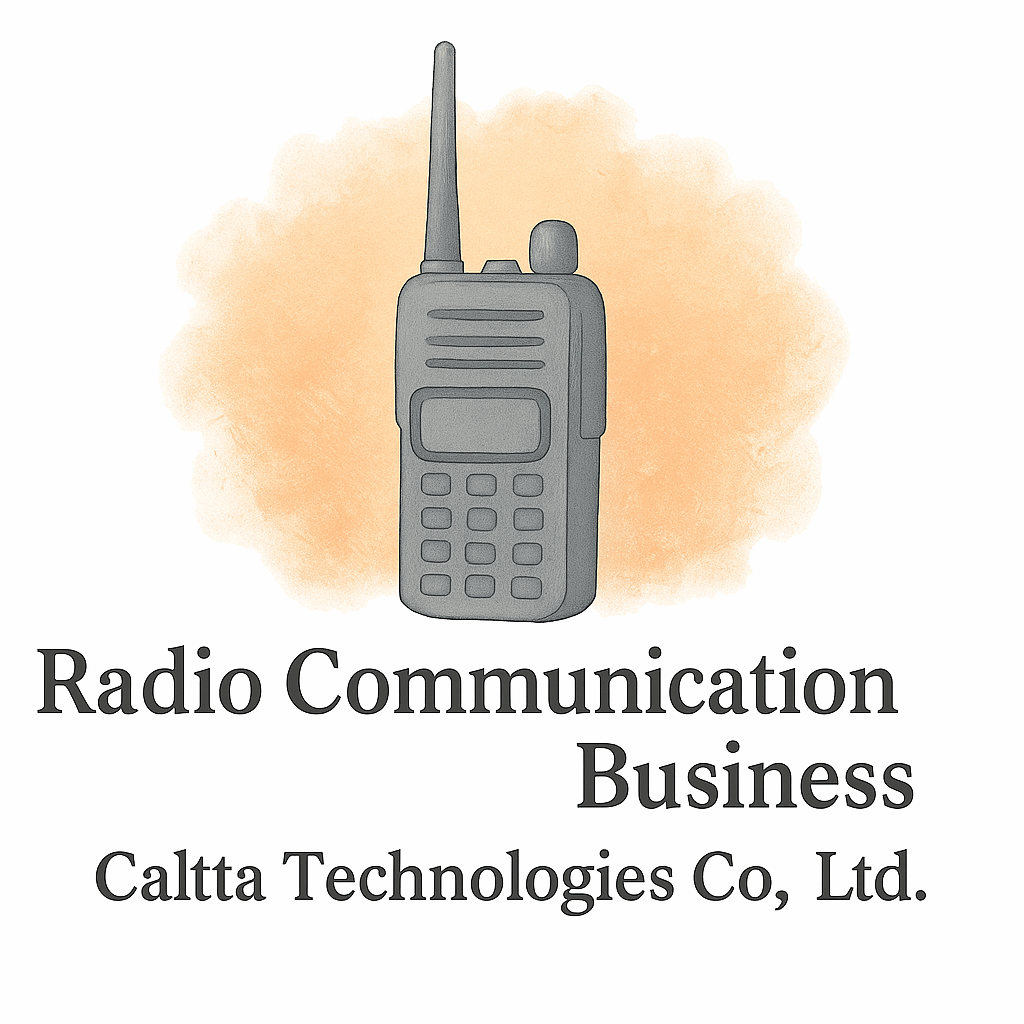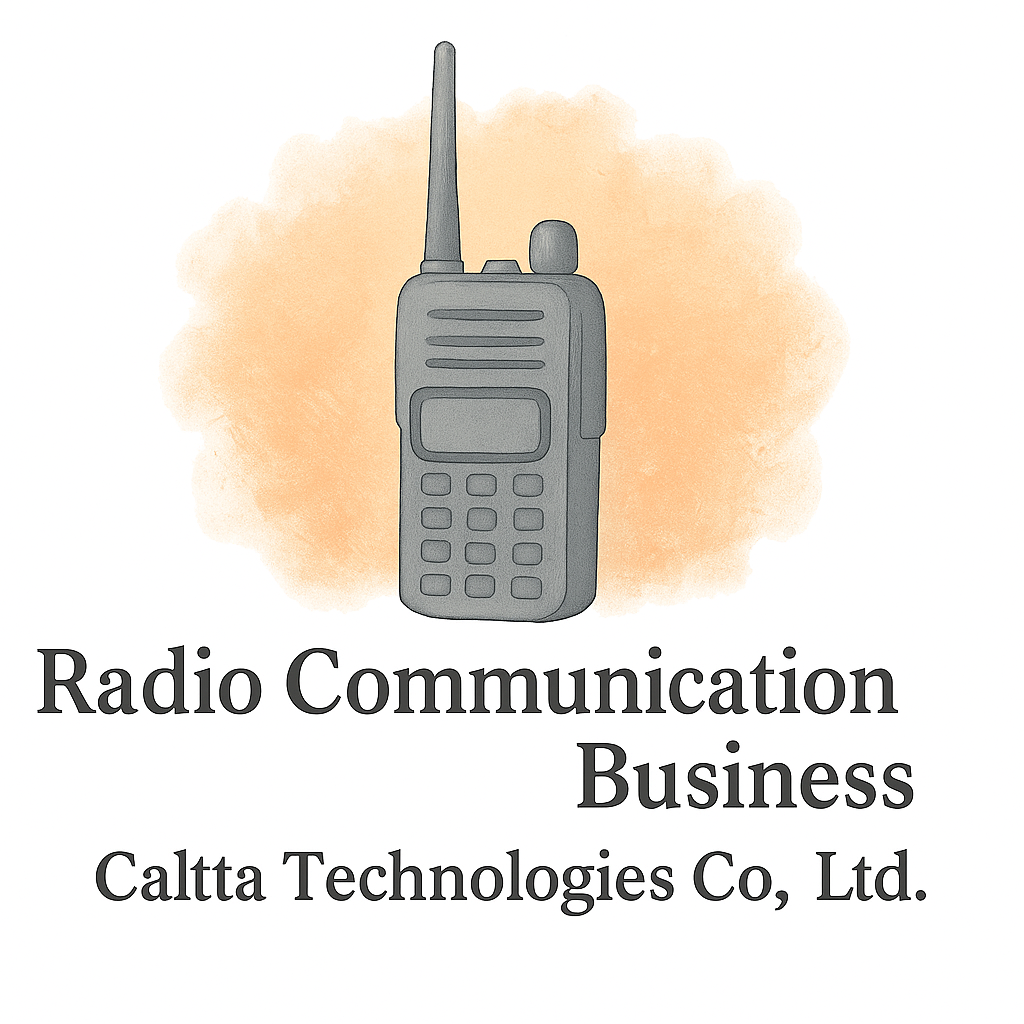Why Radio Communication Clarity Matters
If you’ve ever tried to get a message across over a radio and heard only static or confusion on the other end, you know how frustrating poor communication can be. Radio communication clarity isn’t just about being understood—it’s about efficiency, safety, and professionalism.
The Role of Clear Communication in Business and Safety
From logistics companies and construction crews to emergency responders and business conferences, clear radio communication ensures that instructions are followed, safety is maintained, and operations run smoothly. A single misunderstood word can cost time, money, and in some industries, even lives.
Common Mistakes That Cause Miscommunication
Miscommunication often stems from mumbling, rushing messages, ignoring radio etiquette, or relying on faulty equipment. Too much jargon or unclear phrasing also makes messages harder to understand. The good news? These issues can be corrected with targeted training drills.
Preparing for Radio Communication Training
Before you dive into drills, you need the right foundation.
Setting Goals for Radio Clarity
Are you training your team to handle emergency responses? Or do you want employees to improve coordination during daily operations? Setting a clear training objective will shape the type of drills you prioritize.
Choosing the Right Equipment
Your drills are only as effective as the tools you use.
Importance of Reliable Radio Equipment
Static-filled, outdated radios won’t help anyone improve clarity. Investing in modern, well-maintained devices ensures your training pays off. Learn more about equipment technology that enhances communication systems.
Testing Technology Before Training
Always test your radios before drills begin. A failed battery or misconfigured channel can disrupt practice and give a false sense of poor communication skills.
Drill 1: The Phonetic Alphabet Practice
Why the Phonetic Alphabet Improves Clarity
Words can sound similar over a radio—think of “B” and “D.” That’s where the NATO phonetic alphabet (Alpha, Bravo, Charlie, etc.) comes in handy. Practicing it reduces misunderstandings.
Step-by-Step Drill Instructions
- Assign pairs of team members.
- Have one person read out random codes or license plate numbers using the phonetic alphabet.
- The other writes them down and repeats them back.
- Increase complexity over time, moving from letters to full sentences.
Drill 2: Short Message Relay
Practicing Brevity and Accuracy
Long, rambling radio messages waste time. This drill helps participants focus on keeping messages short and to the point.
Team Relay Exercise
- Divide your group into teams.
- One person creates a short instruction.
- The message is relayed through two or three people before reaching the last participant.
- Compare the original with the final message to see how accuracy was maintained.
Drill 3: Noisy Environment Simulation
Training Under Stress Conditions
Real-life radio use often happens in noisy settings—construction sites, airports, or events. Practicing in silence doesn’t prepare teams for reality.
How to Simulate Real-Life Noise
- Play background noise through speakers (traffic, machinery, or crowd sounds).
- Deliver standard radio messages while the noise plays.
- Encourage clear enunciation and repetition when necessary.
Drill 4: Call-and-Response Training
Repeating for Confirmation
When one person transmits a message, the receiver should repeat it back to confirm accuracy.
Avoiding Misinterpretation
For example:
- Sender: “Move equipment to zone three at 1400 hours.”
- Receiver: “Copy, moving equipment to zone three at 1400 hours.”
This simple technique drastically reduces errors.

Drill 5: Emergency Scenario Role-Play
Practicing Under Pressure
In an emergency, stress can make people speak too fast or skip details. This drill trains participants to stay calm and deliver precise communication.
Coordinating Group Communication
Set up a mock emergency (fire drill, equipment failure, or medical response). Teams must communicate through radios, prioritizing clarity, speed, and proper use of emergency codes.
Drill 6: Time-Limited Message Passing
Building Speed Without Losing Clarity
Sometimes, messages must be passed quickly. The challenge is to do so without sacrificing clarity.
Tips for Fast-Paced Communication
- Practice delivering short, concise instructions under a time limit.
- Emphasize the importance of key words first (location, action, time).
- Avoid filler words or unnecessary chatter.
Drill 7: Multi-Channel Coordination
Switching Channels Smoothly
Complex operations often use multiple channels for different teams. Practicing channel-switching keeps communication smooth.
Training Teams for Complex Environments
- Assign different channels for logistics, safety, and management.
- Run a scenario where team members must coordinate across channels.
- Evaluate how well participants keep track of instructions.
Extra Tips for Improving Radio Communication Clarity
Use Simple Language
Avoid industry jargon when simple words will do.
Consistency in Procedures
Establish standard phrases and communication etiquette so everyone speaks the same “radio language.”
Ongoing Training and Evaluation
Radio communication isn’t a one-time skill. Regular refreshers ensure your team stays sharp.
Tools and Resources for Better Training
Business Equipment and Technology
Upgrading your communication gear makes training more effective. Visit CALTT International for solutions in equipment technology.
Marketing and Branding Integration
Clarity in communication also applies to branding. Explore insights on marketing & branding and how clear messaging boosts credibility.
Industry Insights and Best Practices
Stay updated with industry insights to learn how leaders manage communication challenges.
Common Mistakes to Avoid During Training
Overloading Messages
Packing too much information into one transmission leads to confusion.
Skipping Practice in Noisy Environments
If your team only trains in quiet rooms, they’ll be unprepared for real-world chaos.
Ignoring Equipment Maintenance
A broken radio ruins even the best training. Learn how to manage gear effectively with business startup basics and long-term planning tips from financial planning.
Conclusion
Clear radio communication doesn’t happen by accident—it’s built through consistent practice and smart training drills. By applying these seven exercises, your team will gain confidence, improve coordination, and reduce costly mistakes. Whether you’re preparing for emergencies, managing business logistics, or organizing large events, clarity on the radio is the foundation of smooth operations.
FAQs
- How often should teams practice radio communication drills?
Ideally, drills should be conducted monthly, with refresher sessions quarterly. - What’s the best way to practice radio communication at home?
Use walkie-talkies with a partner, practice the phonetic alphabet, and simulate noisy environments. - Can these drills help businesses outside of emergency services?
Yes! Logistics, construction, event management, and even startups benefit from clear radio communication. - What equipment do I need for effective training?
Reliable radios, headsets, and access to equipment technology upgrades. - Are phonetic alphabets necessary for small teams?
Absolutely. Even small teams benefit from reduced confusion when spelling critical details. - What’s the biggest mistake in radio communication?
Failing to confirm received messages—never assume the other person understood correctly. - Where can I find resources for communication training?
Check out CALTT International for resources on industry insights, tools, and practical tips.


